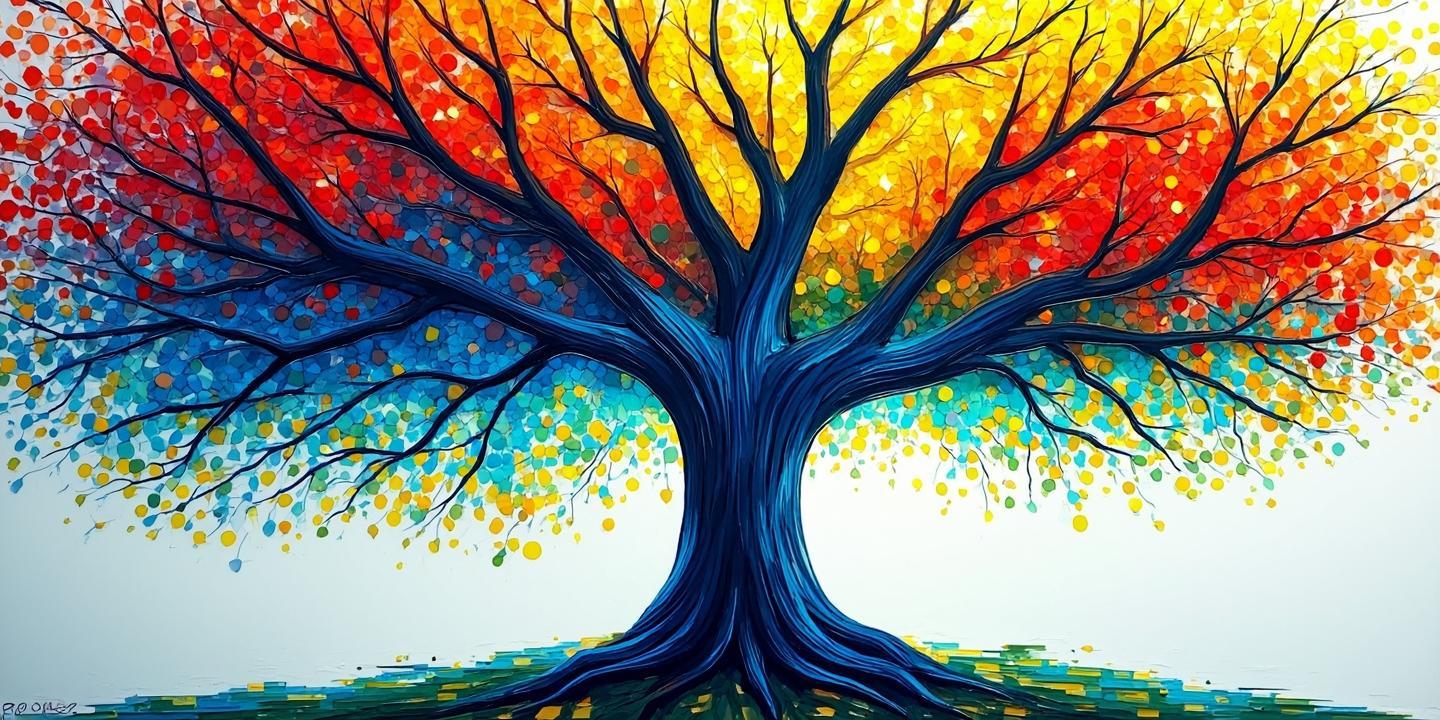
Forming a competitively powerful Dota 2 team is a multifaceted endeavor that combines strategic planning, interpersonal dynamics, and continuous adaptation. Here's a structured approach to building an epic team:
1. Role Definition and Recruitment
Roles and Expertise: Assign in-game roles (carry, mid, offlane, support, hard support) based on players' mechanical skill, playstyle, and game sense. Ensure each player has a deep hero pool and adaptability.
Scouting Talent: Identify players through leaderboards, tournaments, or academies. Prioritize not only skill but also compatibility with team culture.
Personality Fit: Assess communication style, resilience, and teamwork ethic to minimize conflicts and enhance cohesion.
2. Leadership and Communication
Shot-Calling: Designate a strategic leader (often the support or mid player) for in-game decisions. Encourage collaborative input during drafting and macro strategy.
Team Culture: Foster a positive environment where feedback is constructive. Use tools like Discord or team meetings to maintain open dialogue.
3. Strategic Depth and Adaptability
Drafting Mastery: Employ a coach or captain with meta expertise to craft synergized lineups. Tailor drafts to players’ strengths and exploit opponents’ weaknesses.
Meta Analysis: Stay ahead of patches with a dedicated analyst. Experiment in scrims to refine innovative strategies (e.g., OG’s TI-winning cheese strats).
4. Practice and Analysis
Structured Scrims: Schedule regular practice against top teams to test strategies and improve synergy. Focus on both early-game execution and late-game decision-making.
Replay Review: Analyze wins/losses to identify mistakes and trends. Use tools like Dota Plus or第三方 analytics platforms for data-driven insights.
5. Mental and Physical Wellbeing
Resilience Training: Incorporate sports psychologists or mindfulness techniques to manage tilt and pressure, crucial for high-stakes tournaments.
Healthy Lifestyle: Ensure players maintain physical health through exercise, ergonomic setups, and balanced nutrition to sustain peak performance.
6. Infrastructure and Support
Organizational Backing: Secure sponsorships or organizational support for gaming houses, travel, and equipment. Manage logistics to let players focus on gameplay.
Coaching Staff: Hire coaches for strategic guidance and analysts for opponent research. Include managers to handle administrative tasks.
7. Long-Term Growth
Roster Stability: Balance consistency with strategic changes. Gradual transitions (e.g., Team Liquid’s roster evolution) prevent chemistry disruption.
Continuous Learning: Encourage a growth mindset. Adapt playstyles to meta shifts (e.g., PSG.LGD’s flexibility) and invest in player development.
8. Avoiding Pitfalls
Conflict Resolution: Address interpersonal issues swiftly. Promote team-building activities to strengthen trust.
Burnout Prevention: Schedule downtime and rotate strategies to keep the game engaging.
Case Studies
OG: Innovated with unorthodox drafts (Io carry) and prioritized mental synergy.
Team Liquid: Leveraged veteran leadership (KuroKy) and adaptive playstyles.
PSG.LGD: Combined mechanical precision with meta mastery.
By integrating these elements, your team can cultivate the synergy, skill, and resilience needed to dominate in Dota 2’s competitive landscape.

